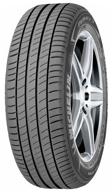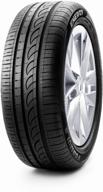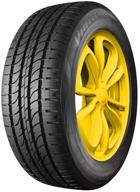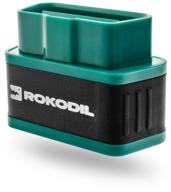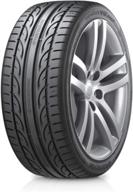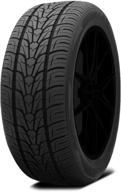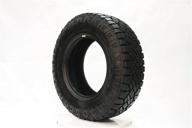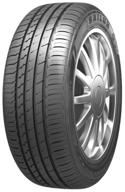
Review on 🔍 GODESON Tire Tread Depth Gauge for Motorcycle, Car, Truck, and Bus - Professional Dial Type Gauge for Easy Reading in 32nds by Michael Nard

Easy to use and accurate
Essentially a low cost machine operator dial gauge with low resolution. Instead of reading 1/10,000 of an inch, the numbered MAJOR dial divisions each represent 1/32 of an inch. (0.03125 inches). The dial is calibrated with 4 divisions of 1/32, so each division equals 1/128 inch or 0.00781 inch. The index markers on this dial are in fractions of an inch, not metric units as some reviews suggest. With proper zeroing, it is easy to estimate tread depth to within 0.004 inches. Since the depth gauge extension is done by manually applying pressure to a soft rubber surface (tire tread), there is some variability in the readings, but they are more than accurate enough and have more than enough resolution for any vehicle application. There is enough built in frictional resistance to hold a reading when the sensor is removed from the tire. Uneven wear along the tire diameter and across the tread width is easy to check. This transducer works as expected and should work until it falls off or goes out of calibration due to the depth pin being depressed too quickly or the depth pin being pushed out. limits. Do not force the depth gauge pin to move too quickly as this may cause this transducer to lose calibration. It's always a good idea to check tread depth at several different spots to see if your tires are showing uneven wear, which would indicate that your vehicle may need camber adjustment and/or a tire change. Also, don't forget to check your tire pressure with a good digital pressure gauge. and don't believe the charlatans who tell people that if they fill their tires with pure nitrogen gas, they don't need to adjust the pressure for the season. This is pure nonsense for the half-witted rednecks!
- great product
- Not the best


